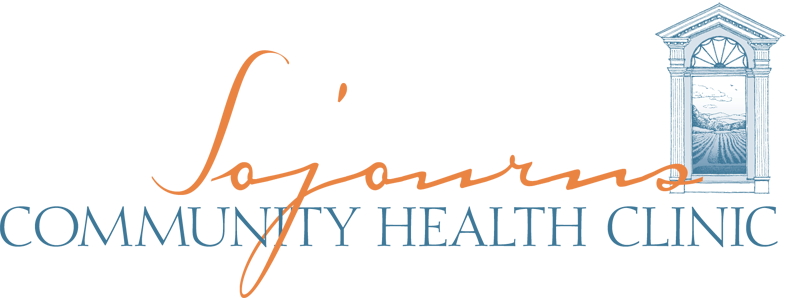The Basics of Breath
Dr. Chris Hastings
Live Zoom Class
$49 on September 26th
6:00 - 7:00pm ET
Breath is not just a fundamental aspect of life; it is a powerful tool that can influence our mental and physical well-being. Understanding this connection can lead to profound improvements in our health and quality of life.
Breathing is an automatic process controlled by the brainstem, ensuring we get the oxygen needed for survival. However, unlike many other autonomic functions, we can also consciously control our breath, which provides a unique opportunity to influence our nervous system.
Please click the button to email us with your name and email so we can get you signed up for the class!The Autonomic Nervous System: Sympathetic and Parasympathetic Balance
The autonomic nervous system (ANS) consists of two main branches:
1. Sympathetic Nervous System (SNS): Often referred to as the "fight or flight" system, the SNS prepares the body to respond to perceived threats. It increases heart rate, dilates airways, and releases adrenaline, among other responses.
2. Parasympathetic Nervous System (PNS): Known as the "rest and digest" system, the PNS promotes relaxation, reduces heart rate, and enhances digestion and recovery.
How Breath Affects the Nervous System
Breathing patterns can significantly influence the balance between the SNS and PNS:
· Deep, Slow Breathing: Engaging in deep, slow breathing activates the PNS, promoting relaxation and reducing stress. This type of breathing can lower heart rate, reduce blood pressure, and calm the mind.
· Rapid, Shallow Breathing: Conversely, rapid, shallow breaths can stimulate the SNS, increasing alertness and preparing the body for action. However, chronic shallow breathing can contribute to anxiety and stress-related conditions.
The Science Behind Breath Control
Research has shown that controlled breathing can directly impact the vagus nerve, a crucial part of the PNS that extends from the brainstem to the abdomen. Stimulating the vagus nerve through deep breathing can lead to a range of health benefits, including:
· Reduced Anxiety and Depression: Regular practice of deep breathing exercises can help decrease symptoms of anxiety and depression by promoting a calm state of mind.
· Improved Heart Rate Variability (HRV): HRV is a measure of the variation in time between heartbeats and is an indicator of autonomic nervous system balance. Higher HRV is associated with better cardiovascular health and resilience to stress.
· Enhanced Focus and Cognitive Function: By reducing stress and improving oxygen flow to the brain, controlled breathing can enhance focus, memory, and overall cognitive function.
Practical Breathing Techniques
Incorporating breathing exercises into your daily routine can have lasting positive effects on your nervous system. Here are a few techniques to try:
1. Diaphragmatic Breathing: Also known as belly breathing, this technique involves inhaling deeply through the nose, allowing the diaphragm to expand and the abdomen to rise, then exhaling slowly through the mouth.
2. 4-7-8 Breathing: Inhale through the nose for 4 seconds, hold the breath for 7 seconds, and exhale slowly through the mouth for 8 seconds. This technique is particularly effective for reducing anxiety and promoting sleep.
3. Coherent or resonant Breathing: Inhaling and exhaling at a rate of 3-7 breaths per minute has a regulating effect on the autonomic nervous system and other key systems such as the circulatory system.
Conclusion
Understanding and harnessing the power of breath can lead to profound improvements in your nervous system function and overall well-being. By incorporating simple breathing techniques into your daily routine, you can promote relaxation, reduce stress, and enhance your mental and physical health.
If you would like to explore the effects of breath on your nervous system, I am offering 30-minute consultations. I utilize biofeedback to demonstrate in real time how breath work shifts the nervous system. It is a great tool to help find your optimal breath pattern. I am also offering an hour long class, via Zoom, on Thursday, September 26th from 6-7 p.m.. The cost of a 30 minute consult is $75 at time of service. The class is $49.


